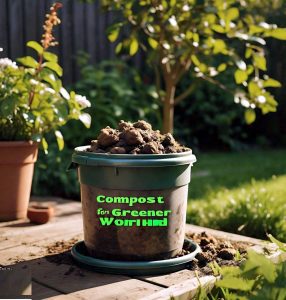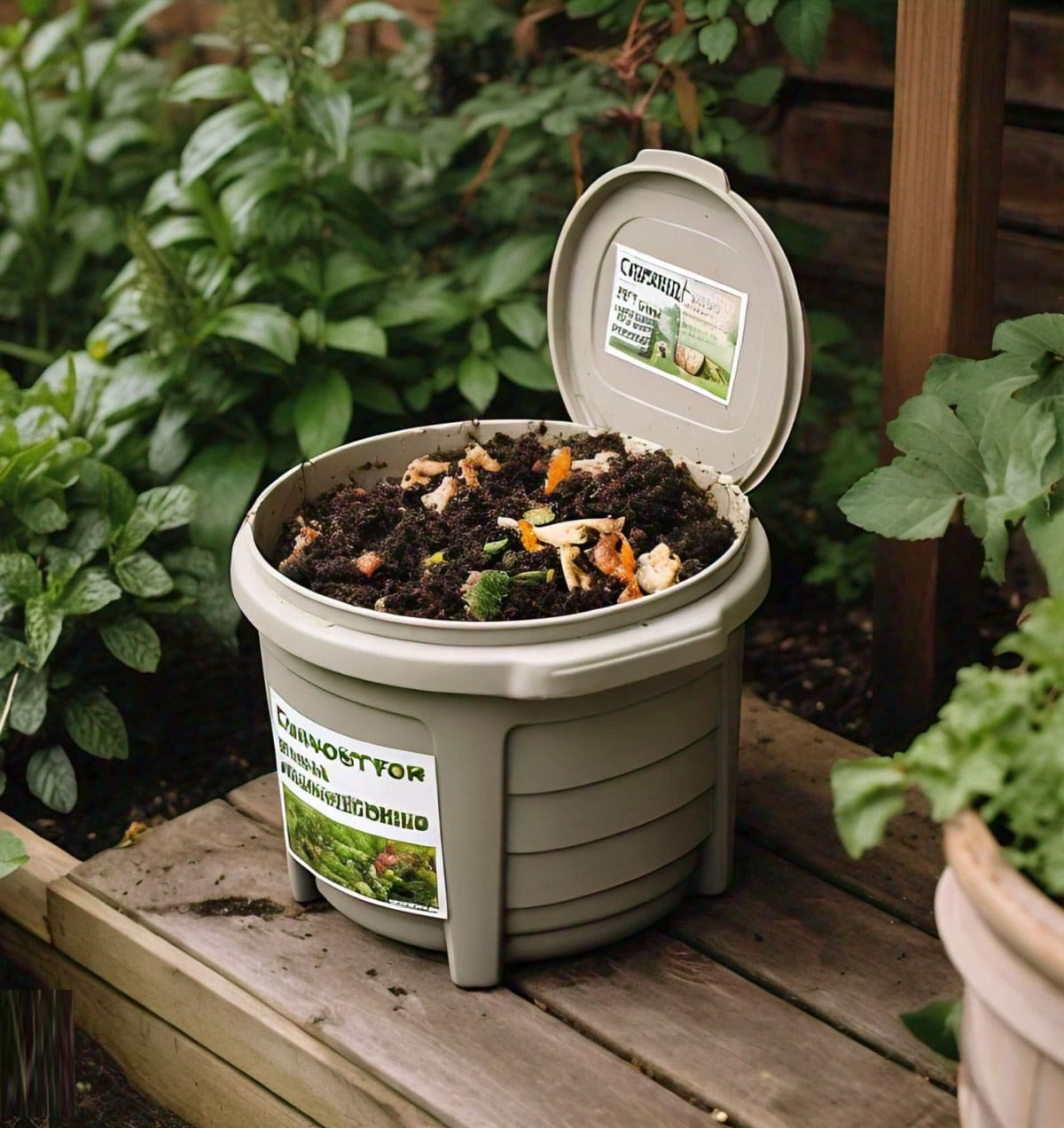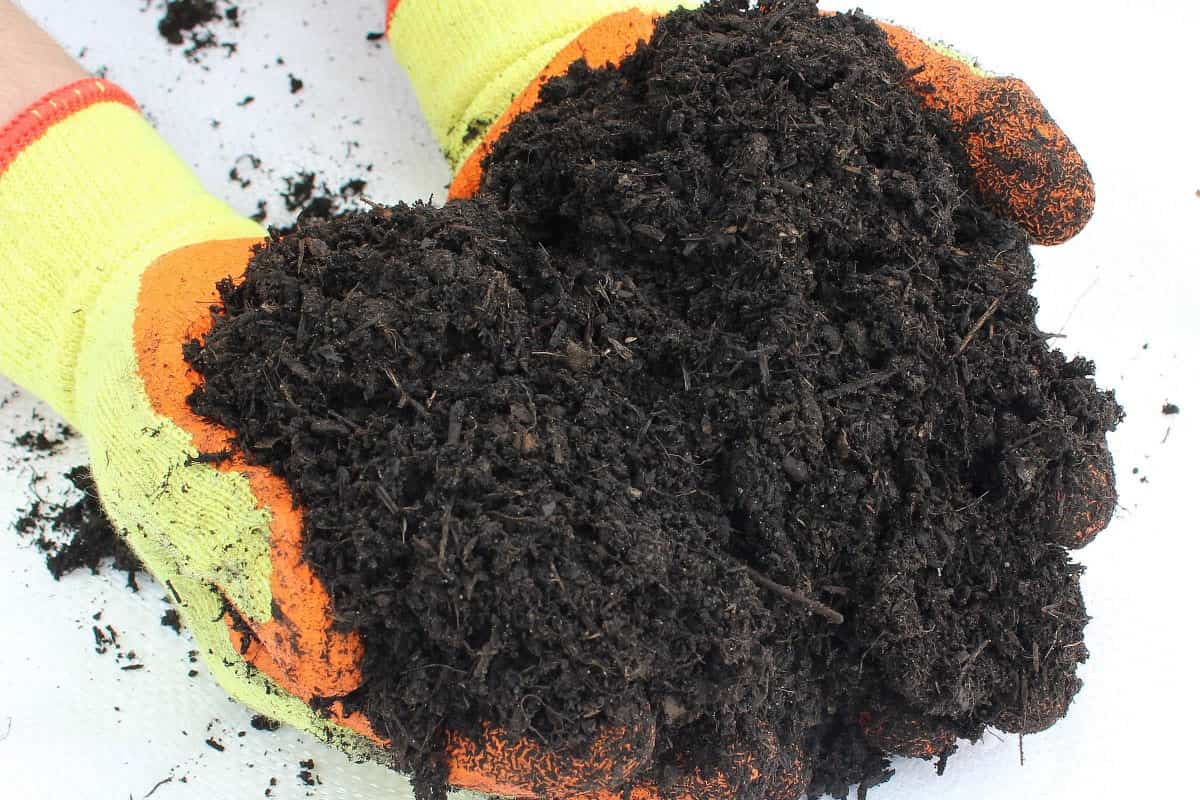A Comprehensive Guide to Dog Poop Composter:
Dog ownership comes with many joys, however, additionally a few much less glamorous responsibilities by choosing up after your bushy buddy being one among them. While this could look like a simple task the environmental impact of dog waste is often overlooked. Dog waste contributes substantially to landfill mass and can pose numerous fitness dangers if not dealt with care.
For lawn lovers, and gardeners alike and locating an eco-friendly way to manage dog waste is very important. Think about the dog poop composter that is a recreation-changer in sustainable pet care. In this article, we will dive into the whole thing you need to comprehend approximately dog poop composters from their benefits to how to build and use one successfully.
What is a Dog Poop Composter?
A dog poop composter is a specialized composting tool. It is designed explicitly for breaking down dog waste into useful compost. Unlike regular composters, which might be generally used for kitchen scraps and lawn waste, a dog poop composter handles the unique situations posed by pet waste. This form of composter carries elements in particular geared to manipulate pathogens and make certain the composting technique is steady and powerful.

Differences from Regular Composters:
Regular composters are made for the recycling of organic substances like vegetable peelings, coffee grounds, and yard clippings. These household composters, usually keep away from pet waste due to its potential pathogens. Dog poop composters are different from those of regular composters because they encompass extra layers of protection and effectiveness which includes the usage of enzyme starters to accelerate decomposition, and kill harmful bacteria. They are often placed inside the ground to separate the compost and control odors better.
Benefits of Composting Dog Poop:
Environmental Benefits: Composting the dog poop, notably reduces the quantity of waste that ultimately finally ends up in landfills. Recycling dog waste into nutrient-rich compost facilitates go back valuable additives, such as nitrogen to the soil, enhancing its fertility. By composting we can recycle nutrients that might otherwise be wasted and growing a sustainable cycle that benefits both our gardens and the planet.
Health Benefits: Pathogen control, is an important issue in dog poop composting. Proper composting strategies reduce the chance of harmful bacteria and parasites and making the end product secure for use in non-edible gardens. This approach protects your own family, pets and the wider network from potential health hazards.
Practical Benefits: Composting dog waste that comes with realistic perks too. The technique, permits manipulate odors more successfully than conventional waste disposal strategies, making your own home and lawn more outstanding. Additionally the composting offers a convenient way to dispose off dog waste and reducing the frequency of trips to the garbage bin.
How to Build a Dog Poop Composter:
Materials Needed: To construct your dog poop composter, you will need the following substances:
- A large plastic bin or drum
- A drill
- Gravel
- Soil
- Enzyme starter or compost activator
Step-by-Step Instructions:
Selecting a Location: Choose a secluded, shaded location for your lawn for the composter to decrease odors and capability pest problems. Ensure the spot is easily accessible for including waste and retaining the composter.
Preparing the Bin: Take your plastic bin or drum and drill holes alongside the rims and bottom. These holes will make certain right drainage and aeration, vital for powerful composting.
Installing the Bin: Dig a hole deep sufficient to submerge maximum of the bin, leaving only a few inches above floor. Place a layer of gravel at the bottom of the hole for drainage before putting the bin in vicinity.
Adding Initial Layers: Begin through the usage of along with a layer of soil to the bottom of the bin. Follow this with an enzyme starter to kick-start the composting method. Your composter is now prepared for use!
How to Use a Dog Poop Composter:
Collecting Dog Poop: Use a scooper and biodegradable baggage to accumulate dog waste. It’s important to pick up waste frequently to preserve your lawn clean and save you any buildup.
Adding Waste to the Composter: When including waste, make sure that you accomplish that in achievable portions. Cover every addition with a layer of soil to help with decomposition and scent manage. In this way it balances the nitrogen-rich dog waste with carbon-wealthy soil and facilitating powerful composting.
Maintaining the Composter: Regular maintenance is essential to a success dog poop composter. Mix the compost periodically to make certain even decomposition. Add water as had to hold the compost moist, but not waterlogged and use composting enzymes or accelerators to keep the process on the right track.
Dos and Don’ts of Dog Poop Composting:
Dos:
Keep Moist: Maintain the compost’s moisture stage to make sure efficient decomposition.
Add Enzyme Starter: Regularly upload enzyme starter or compost activator to boost up the composting process.
Bury Waste: Always cover dog waste with soil to reduce odors and keep flies away.
Don’ts:
Avoid Regular Compost Bins: Never add dog waste to compost bins designated for edible plants due to the danger of pathogens.
No Non-Biodegradables: Refrain from adding non-biodegradable devices like plastic bags to the composter.
Mind Medication: Avoid composting waste in case your dog is on medication that would intervene with the composting micro-organism.

Potential Challenges and Solutions:
Odor Control: Odor, is a commonplace state of affairs, but it may be controlled successfully. Regularly masking waste with soil, and the usage of herbal deodorizers like baking soda can help to control unpleasant smells.
Pest Control: To deter pests, such as flies and rodents make sure the composter is securely set up within the floor, and continuously blanketed. Using enzyme starters can also help to ruin down waste quickly and leaving less time for pests to come to be fascinated.
Pathogen Management: Ensuring that compost reaches the right temperature is important for killing pathogens. Regularly monitoring the temperature, and including composting enzymes can help maintain a healthful composting surroundings. Always use the completed compost correctly and applying it only to non-edible to consume plants.
Uses for Dog Poop Compost:
Non-Edible Plants: Dog poop composter is incredible for enriching the soil in flower beds, wooden, and shrubs. The nutrients from the compost help improve soil structure and promote healthy plant growth, presenting a sustainable opportunity to chemical fertilizers.
Lawn Care: Using dog poop compost as a soil conditioner for lawns, is another outstanding manner to recycle nutrients. Spread the compost thinly over your lawn to offer a nutrient improvement that promotes lush, and green growth of lawn.
Conclusion:
Dog poop composting is a sustainable answer for handling pet waste and providing several environmental, health and sensible benefits. By information how to construct and keep a dog poop composter you could turn waste into a treasured useful resource on your lawn. Not only, does this practice reduce landfill waste, but also it additionally enriches your soil, and helps to create a greater healthful surroundings. We encourage you to attempt composting as a part of your waste manipulate habitual, and percentage your research. Embrace the journey closer to a greener and extra sustainable way of existence—your lawn, and planet will thank you!


